


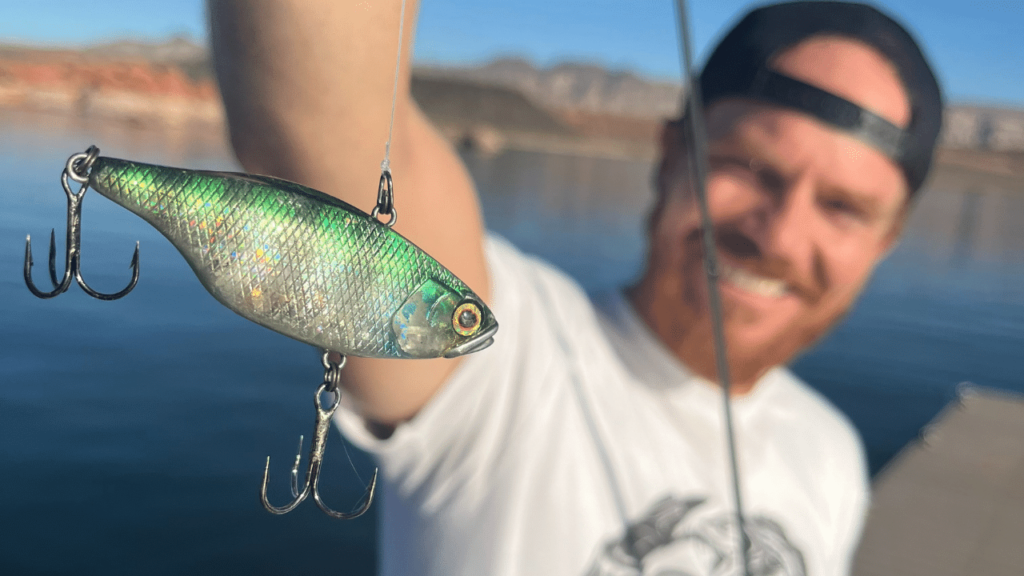
A Lipless Crankbait is a tight wobbling lure that can be used to catch bass anywhere in the country. Bass are wired to eat these lures because a Lipless Crankbait’s small size and action results in a precise baitfish mimic. You can catch fish on a lipless all the time, but only in certain times and conditions will they work better than all the rest of your lures in your arsenal of baits. This article breaks down exactly what to look for to find the perfect time to catch bass on Lipless Crankbaits. In addition, I will walk you through several other considerations–such as color, sound, and weight–so you have the advantage to out-fish your buddy in the boat.
When a Lipless Crankbait will work better than anything else is determined by the water conditions you are presented with. I have found water temperature, water visibility, and cover are big players in knowing whether a Lipless Crankbait will work. Following, I’ve created a list of the conditions where I highly recommended the Lipless Crankbait. With this guidance at your fingertips, you can find that perfect time to catch a lot of bass on these great lures.
Here’s a video of all these ideal situations quickly spelled out to catch smallmouth bass and largemouth bass on a Lipless Crankbait. Continue reading this post to gain even more information to understand why the Lipless Crankbait is such a good lure when these types of conditions are present. This will help you become a better bass angler.
Ideally, I have found a Lipless Crankbait really draws bites better than other baits in very cold to cool water conditions. For this reason you will see a lot of professional tournaments won with this lure in the early spring and late fall. Anytime you find the water temperature below 60 degrees, you need to be thinking seriously about using a Lipless Crankbait to catch those smallmouth and largemouth bass. When the water is colder, the bass prefer the tight rattling because it mimics the dying quivers of the baitfish they often feed on.
In deciding when to throw a Lipless Crankbait, water visibility is an important factor as well. I have found that Lipless Crankbaits work well in the dirtiest of water. It works well in this difficult condition because of the loud rattles and tight wiggling. This crankbait plays more to the bass’ lateral line reactionary senses. In the same breath, a lipless can be good in clear water too, but you need to be more sensitive to using a bait without so much rattling. You also need a good natural color to get the bites you want when you are presented with clear water conditions.
What you really want–the greatest condition for your Lipless Crankbait–is just some lightly stained water or low light conditions. This is when those rattles and natural colors really bring out those optimal lipless crankbait bites. I like this situation best because I can truly observe the action Lipless Crankbaits offer when I can use every component of the bait. When each secret of this crankbait is used, the thrill of catching so many bass will outshine any others in your box.
A Lipless Crankbait has open exposed treble hooks, so it’s not ideal for really heavy cover situations. What I look for is light grass or more open water situations. It’s quite common to hear of pros using a Lipless Crankbait by retrieving it over the top of grass, then ripping it out if it hangs up. Another time you can get a Lipless Crankbait to work well is if you need to fish deep rock or flats. A Lipless Crankbait can be retrieved at any depth, so it is a great tool to explore different water depths to find good bass.
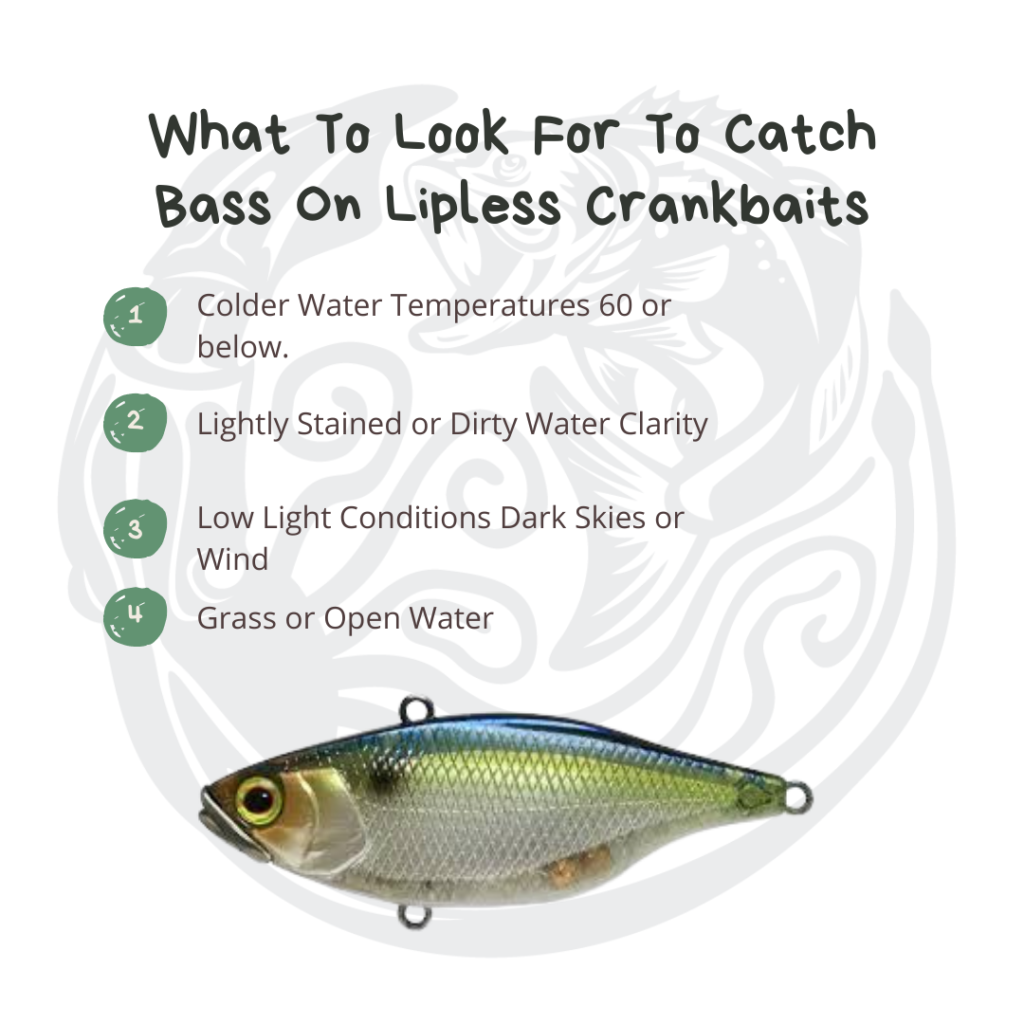
The Lipless Crankbait is easy to use. All you need to do is throw it out, let it sink to the desired depth, and reel it back. You will get a lot more fish to eat this lure with an occasional hop or rip of your rod tip. This extra, slightly erratic action triggers a genetically wired response from bass to eat. The more you can make your lure look like a baitfish trying to flee from a bass, the more they will want to bite it.
Experiment with different retrieves while you are fishing with a Lipless Crankbait. Bass are very moody creatures and will often change what type of retrieve they want depending on their mood. Let the bites be your guide to adjust and create the perfect retrieve to catch more bass in the specific situation you are in.
A common way I like to fish a Lipless Crankbait is to yo-yo it off the bottom. Basically, you just cast it out and let it fall to the bottom. Next you lift your rod to pull the bait off the bottom, then let it freefall back down. This yo-yoing, dancing action will really draw a bass’s attention, and bring them in to eat your lure.
Ripping a Lipless Crankbait through grass cover is the most talked-about retrieve. It’s very common to catch a lot of fish in lakes full of grass on a Lipless Crankbait this way. All you need to do is cast it out, let the bait fall to the top of the grass, and slowly reel it along. When the lure gets kind of hung up, you rip your rod to clear the lure free of the grass. This ripping elicits strong reactions from the bass. They will often just eat it out of pure instinct. It’s been proven in tournament fishing year after year to catch some big bass. I have caught several fish doing this myself.
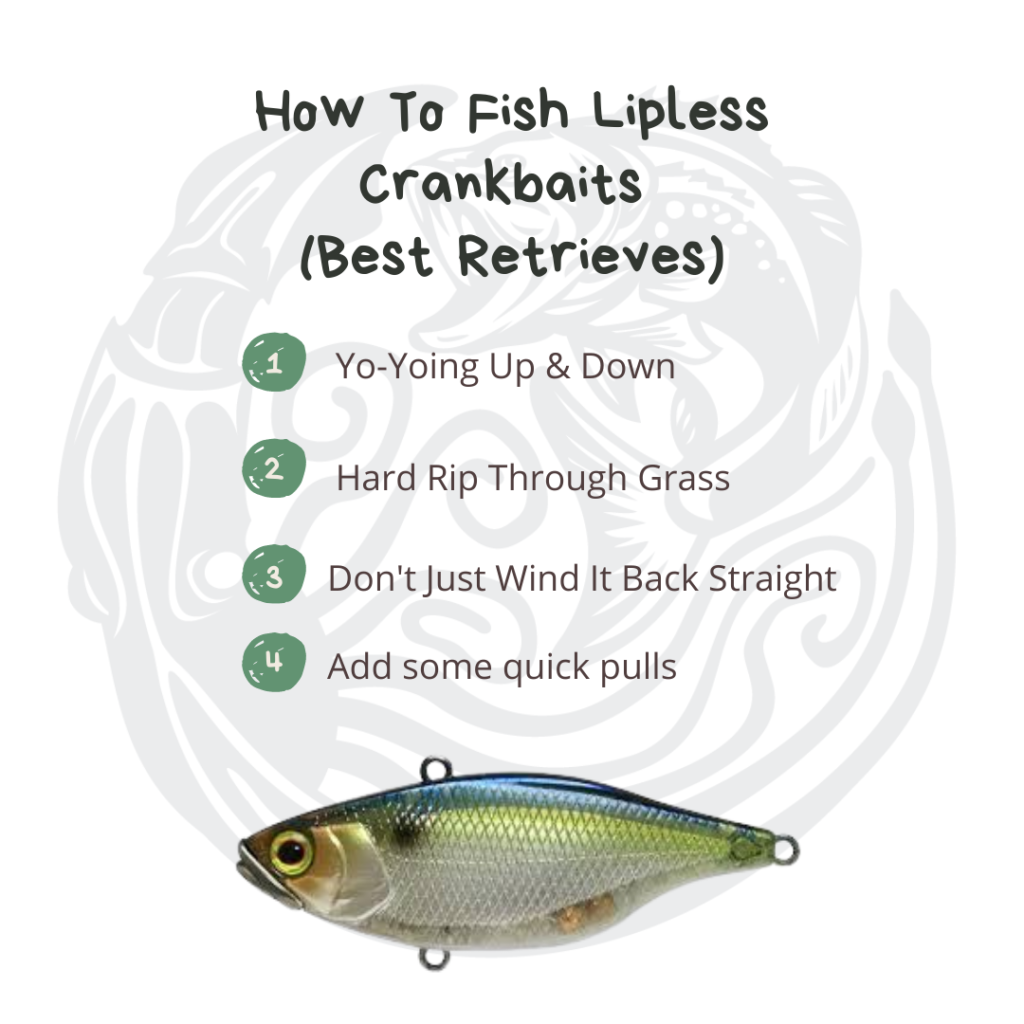
Lipless Crankbaits come in a variety of styles, colors, and weights. These different varieties help to pinpoint what the bass are going to hit when you are out fishing. Here’s a walk through of some common styles of Lipless Crankbaits, and when they will work best for the lakes you are fishing.
Overall, 80% of the Lipless Crankbaits come with rattles. The rattles help to draw attention from the bass. Bass are very curious creatures. They will come to investigate anything that looks or sounds unusual. The rattles in the Lipless Crankbait can really help improve the number of fish you catch. I have seen that sound from your Lipless Crankbait works best in stained, low light, or dirty water to get attention you otherwise wouldn’t get from bass.
There are some silent Lipless Crankbaits on the market. Though most of them can only be found online. Silent crankbaits work best in clear water conditions. This is because bass in clear water rely more on sight than sound to feed on their prey. When you throw a loud rattling lure in clear water, it can actually prevent you from getting bites. I catch a lot more fish on silent lures rather than rattling while I’m fishing clear water.
Color is always important in finding the right lure to trigger bass to bite. With a Lipless Crankbait, use bright colors like white, chartreuse, or gold in dirty, dingy water. Whereas in clear water, you want to use natural colors, like a bluegill, or clear ayu type color to catch fish. Look at the water and use that as your guide to determine what color Lipless Crankbait you need to catch your max number of fish. Check out my free lure color selection chart to help you with this process.

The key to understanding weight is too actually know what depth you want to fish. Simply put, you want to use a heavy-weight lure–3/4oz. or heavier–to get down to 20+ feet. When you want to fish shallower, 5-10ft., use a 1/4oz. Lipless Crankbait. In between depths, go with the 3/8oz. or 1/2oz. lures. It takes more speed to keep a heavy weighted lure up shallower. With a lighter weight lure, you don’t have to reel as fast to keep it shallow. Your weight and your retrieve speed will help you get your lure to where you want to be to catch both smallmouth bass and largemouth bass.
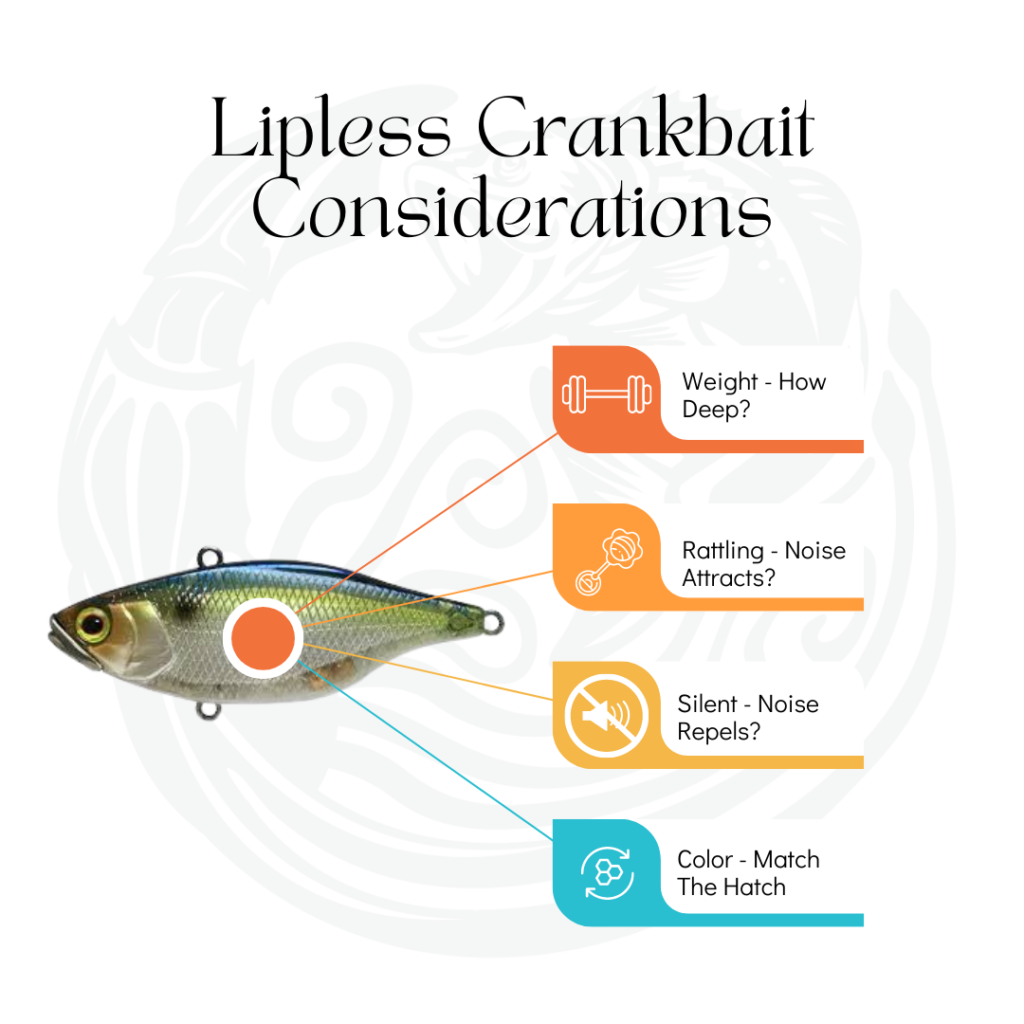
This is a list of some of the most popular Lipless Crankbaits. All of these lures come in various styles and colors. Find one that seems to match your water the best and give ’em a go. All the links here will take you to preview these baits.
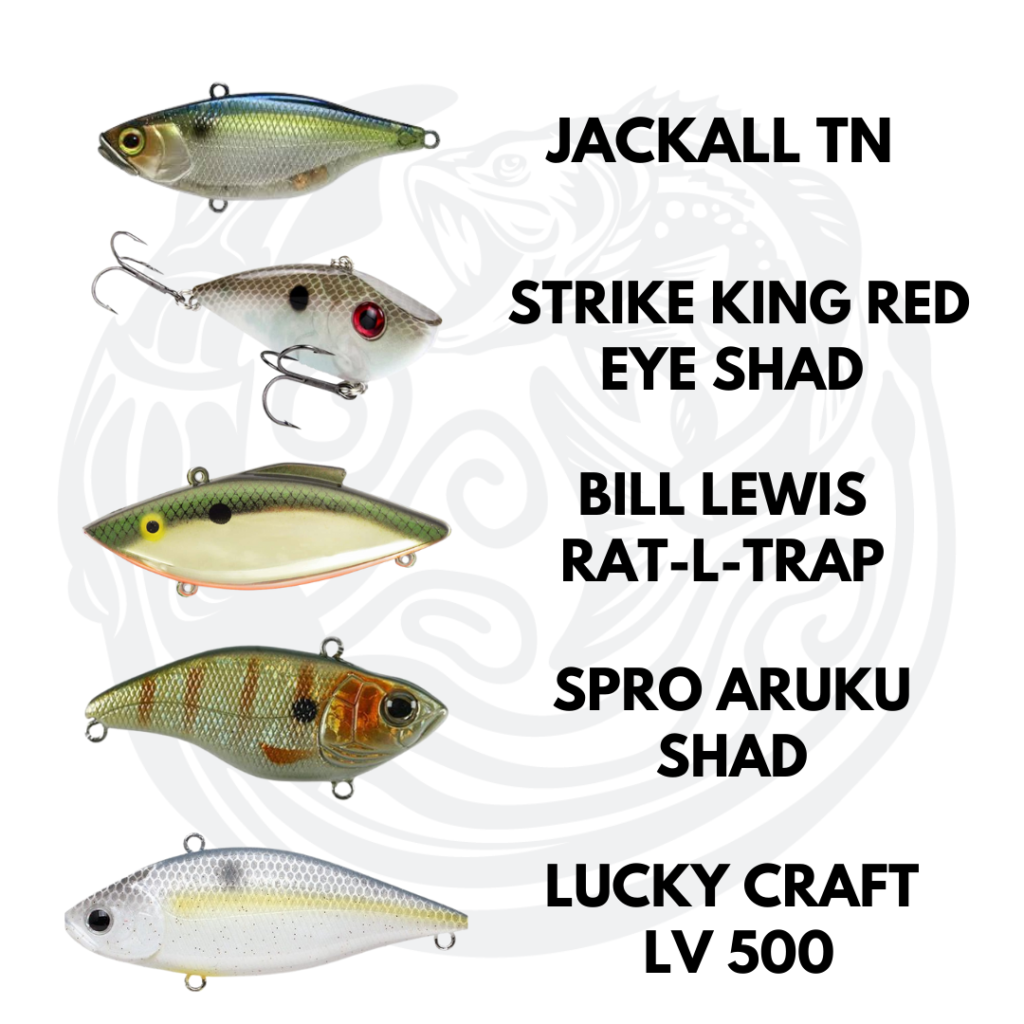
A Lipless Crankbait is a unique lure and requires a unique set of characteristics for your rod, reel, and fishing line. I have found you can throw a Lipless Crankbait on virtually any set up somewhat effectively. In order to take it to the next level of fish catching though, you need to look for the following qualities in your equipment to get more bites. I find a bait casting set up is most effective with this lure. Here’s what you need to look for to get a good one to work with your Lipless Crankbait lure.
A Lipless Crankbait rod needs to have dual qualities. It needs to be stiff enough to rip your lure out of heavy cover, yet at the same time, you need it to be soft enough to not lose fish when the treble hooks lightly hook the fish. You can make that happen with a medium heavy fast rod. One more thing: The longer your rod, the further you can cast. I opt for something over 7ft. long to get maximum distance for throwing a Lipless Crankbait.
I like to use a higher speed gear ratio reel while using a Lipless Crankbait. Something around 7:4:1 or higher is good to be able to rip the bait out of the grass. This bait works best when worked erratically; a higher speed reel will help you get that erratic action you need to catch the best bass.
When picking a line to pair with your Lipless Crankbait, I like to go with the heaviest I can get away with without compromising visibility. 100% fluorocarbon line is the best because Lipless Crankbaits are used in more open water situations. It is virtually unseeable to the bass. You won’t go wrong with something in the 12-16lbs. class range. The heavier the cover, the heavier line you will want to use.
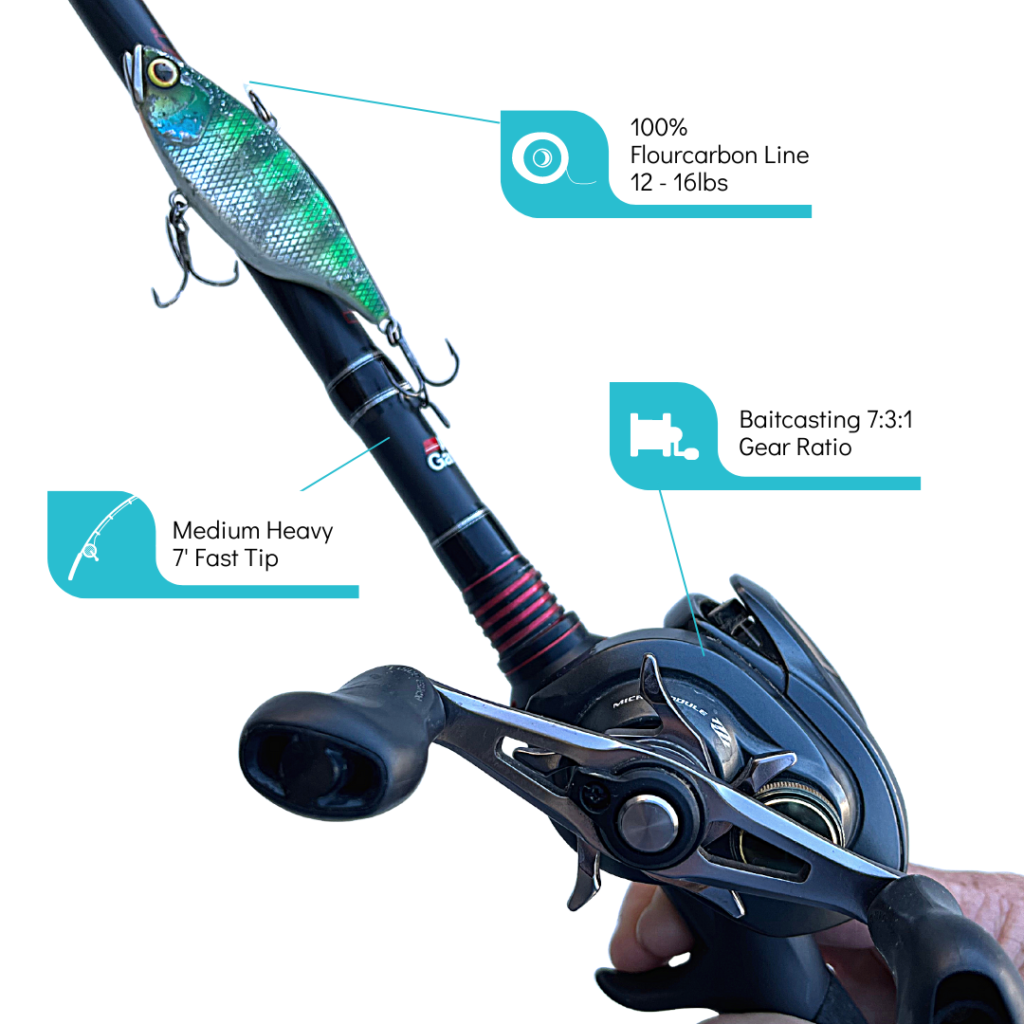
The Lipless Crankbait can be a very frustrating lure to fish. I often hang them up in the water because of the open exposed hooks. This why they often aren’t used around heavy cover. It also helps me to know how deep they are going in the water. I like to let it fall to the bottom, then do a quick rod tip hop, then start the retrieve back. This way, I know I am at least somewhat close to keeping the lure down deeper.
Thanks for sticking around to read some tips I’ve gathered to develop more confidence while bass fishing Lipless Crankbaits. As always, send us some of your photos and what you found most helpful and I’ll send you out a free hat!
Lastly, the links above and below in this post are affiliate links where you can pick up baits, rods, reels, line, and anything else I use to “Krak” some bass on Lipless Crankbaits. KrakenBass receives a small percentage of the sales through these links. I only use links to baits and gear I personally trust and know work. These links are supposed to be helpful for you, not for the small amount I make on the sale of the products. I hope these products can help you “Krak” some bass like they have for me. Thank you for your support!
As Always,
Stay Stoked!
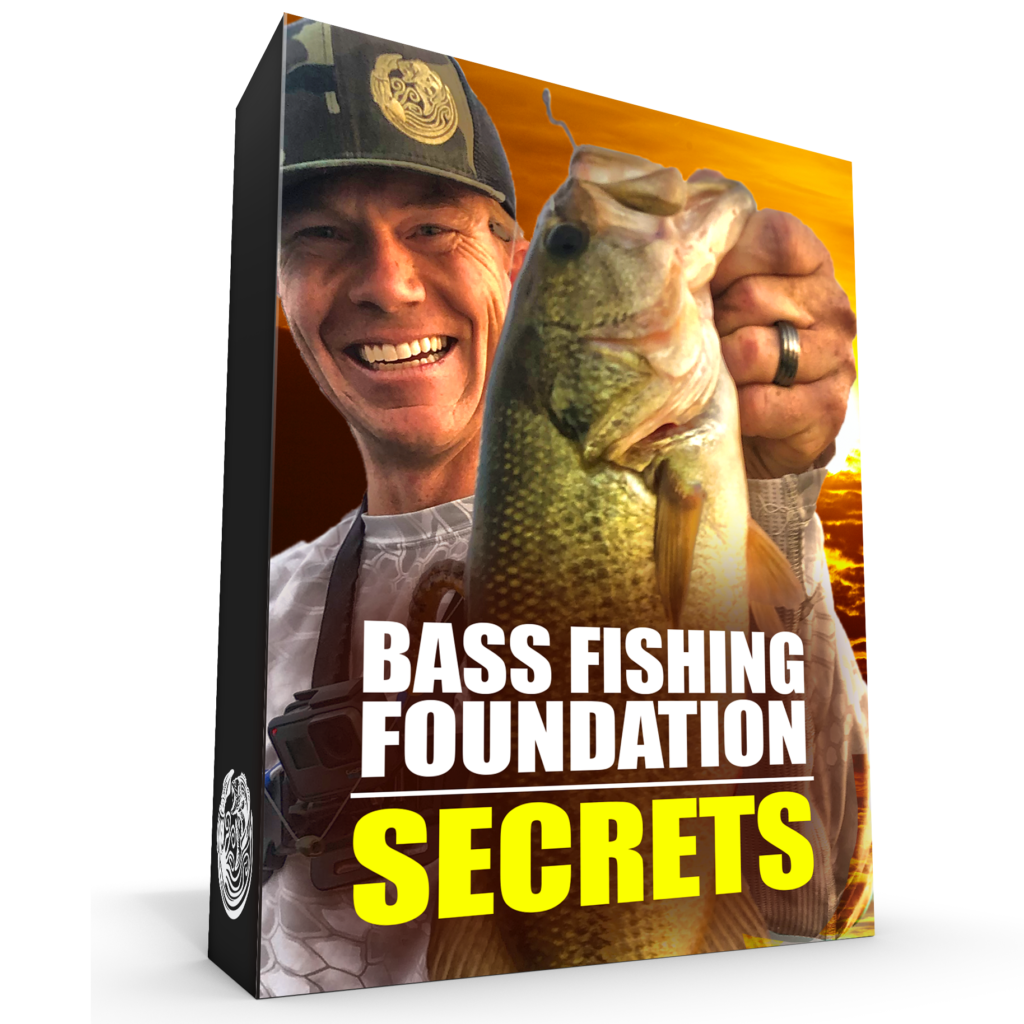
You need a system to know where to go, what to use and how to work your lures to catch more bass in every situation.
Use this lure color selection chart and perfectly match the color of your lure to what bass are wired to eat without trial and error so you can catch the monsters!
Discover how to perfectly match the color of your lure to what bass are wired to eat so you can catch the monsters!
This is how to entice bass to bite and catch bass on every fishing trip!
Discover how to perfectly match the color of your lure to what bass are wired to eat so you can catch the monsters!